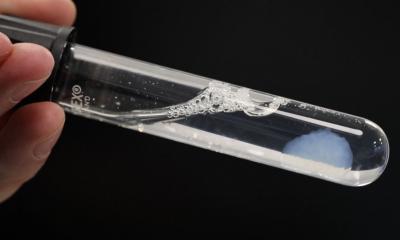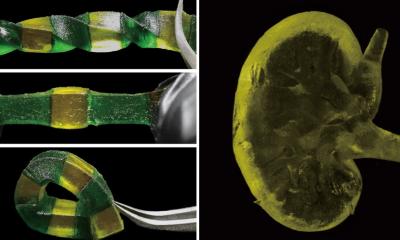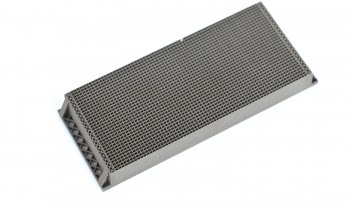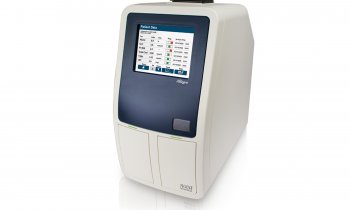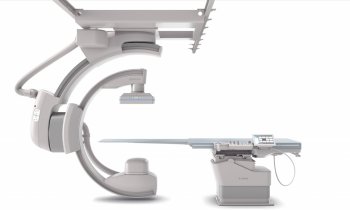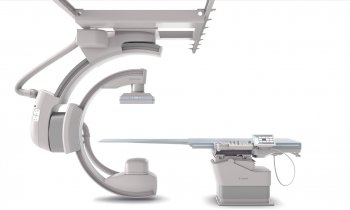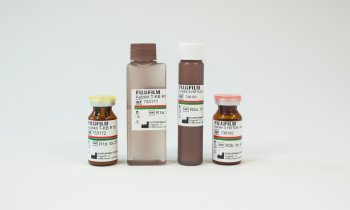
Image source: adapted from Kim M, Cho S, Hwang DG et al., Nature Communications 2025 (CC BY-NC-ND 4.0)
News • Extracellular microenvironments
Advancing diabetes treatment with 3D bioprinting
A research team led by Professor Jinah Jang from the Departments of Mechanical Engineering, Life Sciences, IT Convergence Engineering, and the Graduate School of Convergence Science and Technology at Pohang University of Science and Technology (POSTECH), along with Myungji Kim, an Ph.D. candidate in the Division of interdisciplinary bioscience and bioengineering (i-bio) have successfully developed an innovative platform for diabetes treatment using bioink derived from pancreatic tissue and 3D bioprinting technology.
This study was recently published online in Nature Communications.
Diabetes is a metabolic disorder caused by dysfunction in the pancreas, the organ responsible for regulating blood sugar levels. Within the pancreas, islet cells secrete insulin to lower blood sugar. However, producing these cells for therapeutic use has proven extremely challenging. While stem cells offer a promising route to generating islets in vitro, recreating the exact microenvironment and vascular niche they need to function—similar to that of a real pancreas—has been a major obstacle.
We anticipate this platform will play a key role in advancing diabetes research, accelerating anti-diabetic drug development, and improving the efficiency of islet transplantation therapies
Jinah Jang
Islet cells regulate insulin secretion through interactions with surrounding components of the extracellular matrix (ECM) and vascular cells. The POSTECH team developed a specialized bioink called PINE (Peri-islet Niche-like ECM), which includes ECM and basement membrane proteins—such as laminin and collagen IV—partially extracted from actual pancreatic tissue. Leveraging 3D bioprinting technology, the team then fabricated the Human Islet-like Cellular Aggregates and Vasculature (HICA-V) platform. The HICA-V platform precisely arranges stem cell-derived islet cells alongside vascular structures, closely mimicking the architecture of a real endocrine pancreas. Islet cells cultured within the HICA-V platform demonstrated increased insulin production and binding protein expression, exhibiting functional characteristics comparable to native islets.
Moreover, the platform successfully replicated pathological responses seen in diabetic conditions, such as elevated expression of inflammatory genes. This not only promotes the maturation of islets but also establishes the platform as a valuable tool for diabetes research and drug development.
Professor Jinah Jang, who led the study, stated "The customized pancreatic islet platform developed through this research faithfully replicates the structure and function of the human endocrine pancreas, supporting the maturation and functional enhancement of stem cell-derived islets." She added, "We anticipate this platform will play a key role in advancing diabetes research, accelerating anti-diabetic drug development, and improving the efficiency of islet transplantation therapies.“
This work was supported by the National Research Foundation of South Korea (NRF) grant funded by the Ministry of Science and ICT, Korean Fund for Regenerative Medicine funded by Ministry of Science and ICT, and Ministry of Health and Welfare, and the Alchemist Project funded By the Ministry of Trade, Industry & Energy(MOTIE, Korea).
Source: Pohang University of Science and Technology
27.03.2025



